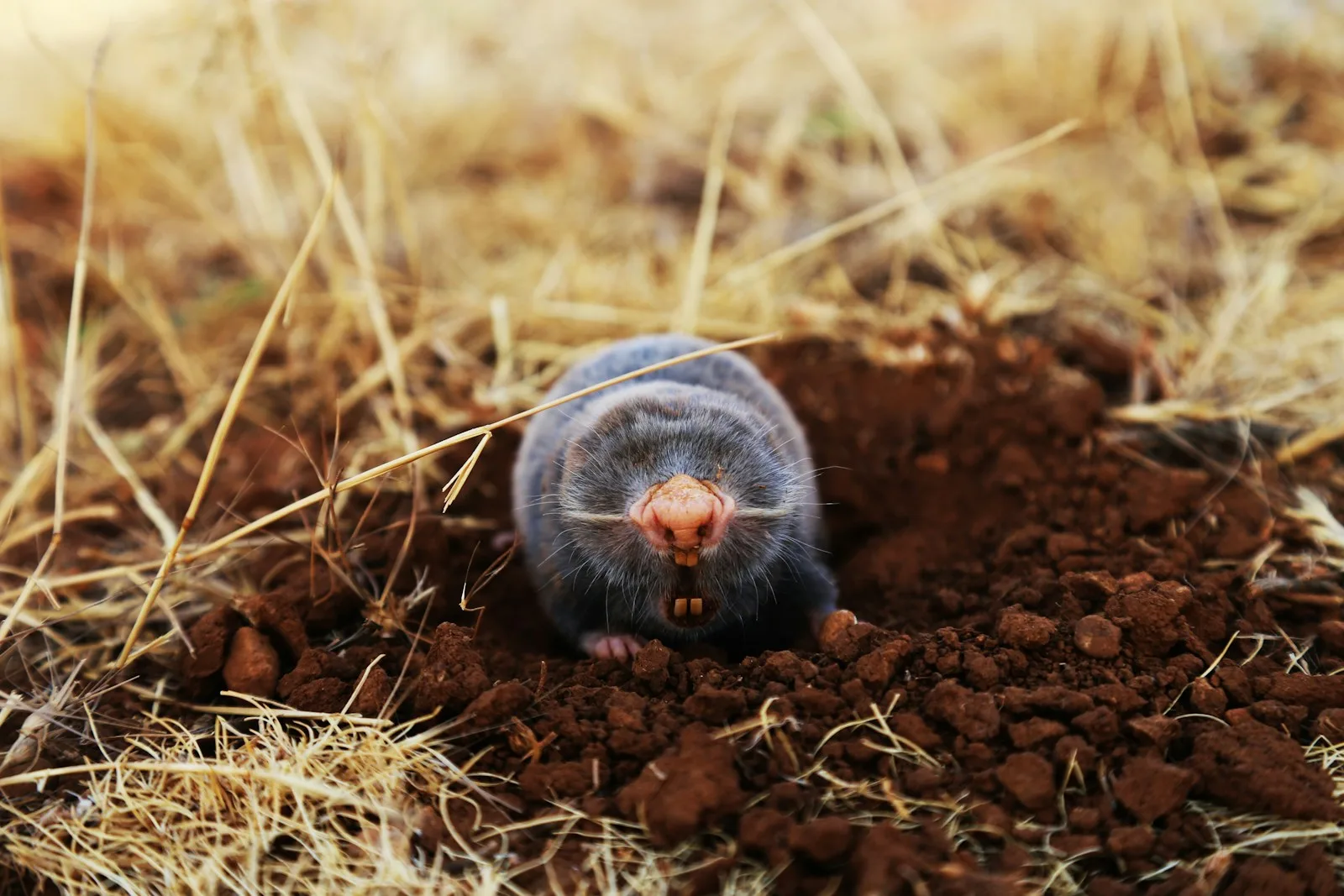
Table of Contents
Have you ever noticed fuzzy piles of earth growing overnight in your well-kept garden? That’s what moles are made of. These small, insect-eating creatures are famous for their ability to turn beautiful landscapes into tunnels and mounds of dirt.
However, what attracts them to our gardens in the first place? Surprisingly, they are attracted to the scent of some underground organisms more than plants or flowers.
These are the top 5 smells that act as sirens that attract moles to surrounding gardens.
1. Earthworms

There is no doubt that mole’s favorite food is earthworms. Mole people can not resist the scent of these squirmy creatures drifting across the dust. Earthworms can’t resist a high-protein feast with its rich nutrients.
According to scientific estimates, a mole can eat 50 grams of earthworms per day (Ref). That’s roughly equivalent to the weight of a small chocolate bar, a substantial dinner in the world of moles.
Additionally, an abundance of earthworms in the garden is often a sign of rich, nutritious soil. So, although moles can be annoying, they also indicate that your garden is doing well underground. It is interesting to note that earthworms prefer your garden.
2. Grubs & Insects

In addition to earthworms, moles are attracted to the smell of soil-nesting grubs and other insects. These include moles, the equivalent of a buffet of beetles, larvae and other small invertebrates. In addition to providing a balanced diet, this diverse array of insects keeps the mole population busy digging tunnels in search of their next meal.
These insects can be a double-edged sword in the environment. Moles, on the one hand, help manage the number of insects that can threaten your plants. However, their tunnels have the potential to damage the root system and produce unsightly clumps. This is the Catch-22 state of garden ecology, in which moles play an important, controversial role.
3. Moist Soil

Moist soil allows moles to identify their prey more effectively because it retains odors better than dry dirt. They are attracted not by the scent of the soil but by how easy it is for them to hunt. Moles can cover more ground in search of food because moist dirt is easier for them to skim.
Moist soil also indicates a healthy, well-watered garden, which is often full of worms and insects. Wetlands are especially attractive to these furry diggers because they provide the convenience of mobility with the prospect of a satisfying meal.
4. Decaying Organic Matter

For moles, the scent of rotting organic matter, such as mulched areas or compost piles, is like a dinner ring. Because this damage is often caused by insects, moles have a concentrated area to feed on. In addition, the decomposition process generates heat, which leads to worms and moles.
Those who enrich their soil with organic material may unknowingly extract more moles. This should not deter people from composting, as the benefits to soil health outweigh the potential for increased mole activity. It all comes down to creating the ideal environment in your yard.
5. Wet Pet Food or Compost Scents from Trash

Finally, moles may be attracted to the smell of moist pet food or compost in the garbage can. Although moles eat mostly earthworms and insects, the scent of these food sources can lure them to human settlements, where they can be found in abundance under gardens. This is an inadvertent invitation to moles, letting them know that your yard could be their next great place to hunt.
Mole attraction can be enhanced by limiting exposure to these odors, but it is important to recognize that moles are an inevitable part of natural balance. Over time, they improve the health of your garden by aerating the soil and helping with pest population management.
READ ALSO | 8 animals that can neutralize snake venom
READ ALSO | Oriole Oasis: Transform Your Yard with an Old Rake Turned Bird Feeder!
READ ALSO | Best 7 mouse trap bait


1 thought on “Moles are attracted to your garden with these 5 amazing scents.”